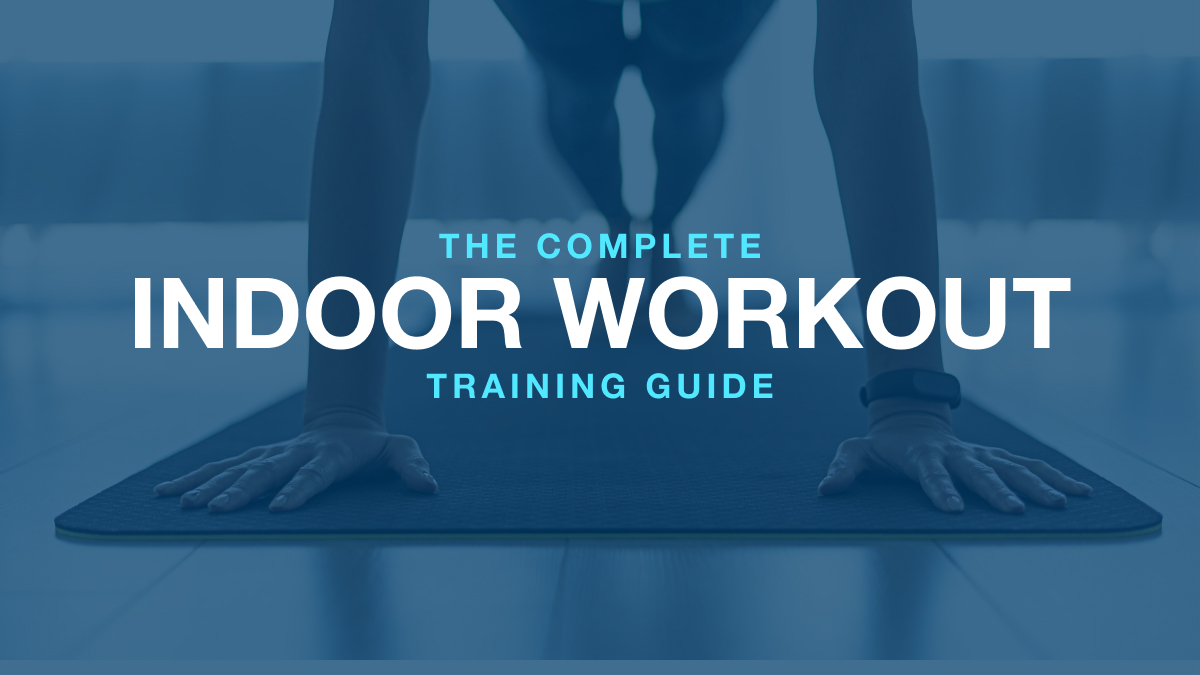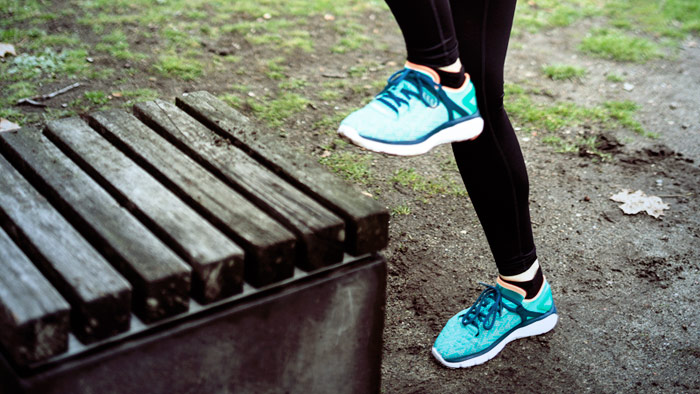Whatever your sport of choice, you’ll be familiar with the sensation of muscle soreness, especially waking up the day following a tough workout. This can be anything from a slight tightness when you perform a specific movement, to lying in bed unable to even roll onto your other side without pain. This is known as delayed onset muscle soreness, or DOMS for short, and it can be so bad it puts people off exercise entirely.
The human body is remarkable for its ability to adapt to stimulus. If our muscles are exposed to levels of force that are beyond their ability to cope with, they will adapt by making us stronger, so next time we are faced with that situation we can cope with it better.
When we provide our body with a sufficient stimulus, our muscles are actually damaged, developing small tears as our muscles are pushed outside of their comfort zone. This sounds frightening, but people experience this on a day-to-day basis; whether it’s lifting heavy pans of water around in the kitchen or going for a long walk, your body is constantly being exposed to new stimuli. When your body is recovering from exercise (during sleep), muscle tissue swells slightly as part of the healing process, which (along with the micro-tears) results in soreness and stiffness the next day.
As athletes, we probably have goals we’re training for—we can’t afford to lose two to three days (sometimes even more) recovering from a workout! So how can we prevent ourselves from losing training time to muscle soreness?
Keep Going
Many athletes will read a few articles on the benefits of strength training, think it sounds great, turn up to the gym, throw some weights around for 45 minutes and then wake up the next morning feeling like they’ve been hit by a truck. Given the knock-on effect this will have on the rest of their week, they’re probably not going to be in a hurry to repeat this as they can’t afford to take four days off of their primary sport for the sake of strength work.
This response is known (quite accurately) as the alarm phase, where our body is blindsided by the training stimulus which has appeared out of nowhere. You will likely remember the first time you started training for your sport of choice, you were sore after sessions you could now breeze through and wake up feeling fresh. As the body becomes more accustomed to the demands of an exercise, the amount of soreness reduces. The more time you spend in the gym, the less soreness you will encounter in the following days, even as the weight increases.
Recover Properly
After a hard session, make an effort to take some protein on in the next 30 minutes or so where possible. This doesn’t have to be an expensive protein shake, it could be a handful of nuts, some yogurt, a poached egg on toast or some milk. You just need omething to help speed up the muscle recovery process. Keeping your legs elevated and wearing compression garments has perceived benefits, but nutrition is the most important aspect to get right.
Focus on Getting the Basics Right
If you were to advise a new cyclist on the best way to get started in the sport, you would likely recommend they start on short, easy rides around routes they’re familiar with, not to seek out the steepest hill they can find and ride up it six times.
If you turn up at the gym, walk up to the squat rack and decide to squat your bodyweight (as you heard that was a good benchmark of fitness), you’re diving right in at the deep end. If you don’t injure yourself or other gym users, you’ll likely wake up very sore the next morning, even if you have good lower body strength.
You may have it in your mind that squats help develop your quads, hamstrings and glutes, but these groups are all made up of smaller muscles, some of which may not be used in your primary sport; hence the old joke about people waking up feeling soreness in muscles they didn’t know they had. Start easy with your exercises and build gently, giving the smaller, less developed muscle groups time to catch up with the primary movers—even if this means swallowing your ego and starting without any weight until your muscles and nervous system become accustomed to the movement.
Periodize your Weight Training
If you are two months out from your biggest race of the season looking for every gain possible, the gym is not the best place to find it. Your body is likely to be unacclimatized to the demands of weight training, and the associated muscle soreness will affect your ability to train hard for your event, which is your primary purpose currently.
The best time to introduce strength training is in the off-season, when your training is at a much lower intensity and volume, allowing you time to deal with the heavy DOMS you may encounter early in the strength phase. Of course, if you have an injury you need to start rehab as soon as possible, but picking your battles with strength training is important. After a period of focused strength training in the off-season, you can revert to a single session a week
Cool Down
After an especially hard session, I recommend you spend some time cooling down before you hit the showers. This doesn’t have to be an extensive cool down that takes as long as the session, but most athletes report that light running/cycling for a few minutes followed by some gentle static stretching can help reduce the soreness they encounter the next day.
Keep Moving
The day after a session when you wake up in pain, it’s tempting to spend the day on the sofa guilt-free, as you know you can’t get any quality training done. However, keeping your body moving helps most people reduce the symptoms of DOMS and allows you to get on with your day. This doesn’t have to be a training session in the traditional sense, but going for a walk, a quick cycle or engaging in some light dynamic stretching can help you regain your range of motion.
What not to do
Run on Tired Legs
Going for an easy cycle on tired legs is relatively harmless and can help some athletes, but running on tired legs can be a recipe for disaster. If we go back to our example about the number of muscles involved in a squat, we can see just how easy it is to fatigue a large group of muscles. If your legs are tired, the muscles used in stabilizing your body as you run will be fatigued, resulting in poor run form, and a greatly increased risk of injury. This is especially important for triathletes whose kinetic chain doesn’t tend to be as strong as that of a pure runner.
Personally, if I wake up sore the day after a race but buzzing and wanting to ride the wave of enthusiasm, I’ll head to the pool, stick a pull buoy between my legs and go for an easy swim.
“No pain no gain”
This nugget of advice is often touted by inexperienced personal trainers and suggests that if you don’t feel any soreness you’re not getting fitter. While this may have some relevance if you are primarily interested in hypertrophy (gaining muscle mass), for most endurance athletes this couldn’t be further from the truth. Workouts that develop our aerobic system are designed to be hard on our lungs, not your muscles, and many workouts are deliberately easy. Don’t feel you have to push yourself to the point where you’ll develop muscle soreness the next day to get fitter.
Foam roll the next day
Your muscles will likely be tight after a training session and foam rolling can alleviate this. However if you are suffering from significant DOMS the next day, exposing your damaged, swollen muscles to a battering at the hands of a foam roller is unlikely to speed up the healing process. Wait until the initial soreness has passed before you work on releasing them.
Push through it
If you have light DOMS you can probably get away with a continuation of training, but if it’s the kind of day where you struggle to walk downstairs and you have a four-hour ride planned, it’s probably best you shorten it dramatically or swap it with your next rest day. Trying to heroically push through will likely result in a disappointing session, and delay the healing process as a result.
Experiencing muscle soreness is part of training for performance and it can’t be avoided entirely, however it can be managed. Increasing your training gently, refuelling after hard workouts and giving your body time to recover can help prevent it from dominating your training schedule.









